The brioche stitch is a versatile knitting technique that creates a thick‚ textured fabric with a stretchy‚ reversible design. It’s perfect for scarves‚ sweaters‚ and home decor projects‚ offering a unique visual appeal that’s both modern and timeless. This stitch is gaining popularity among knitters due to its rich‚ dimensional look and the ability to work it in both one and two colors‚ making it a great skill to master for any knitting enthusiast.
What is Brioche Stitch?
The brioche stitch is a unique knitting technique that creates a thick‚ textured fabric with a stretchy‚ reversible design. It involves slipping stitches and creating yarn overs in one row‚ then knitting those stitches together in the next. This method produces a fabric with alternating columns of knit and purl textures‚ giving it a dimensional‚ ribbed appearance. The stitch is versatile‚ working well in both flat and round knitting‚ and can be used for a variety of projects‚ from scarves to sweaters‚ making it a popular choice for knitters seeking a modern‚ visually appealing fabric.
Why Learn Brioche Stitch Knitting?
Learning the brioche stitch is a valuable skill for knitters‚ as it offers a unique‚ textured fabric with excellent stretch and drape. This stitch creates a reversible design‚ making it ideal for scarves‚ sweaters‚ and home decor projects. It’s also versatile‚ working beautifully in both one and two colors‚ which allows for creative experimentation. Knitters enjoy the challenge of mastering this technique‚ as it produces a modern‚ visually striking fabric that stands out. Whether you’re aiming to expand your skills or create distinctive garments‚ the brioche stitch is a rewarding technique to explore.
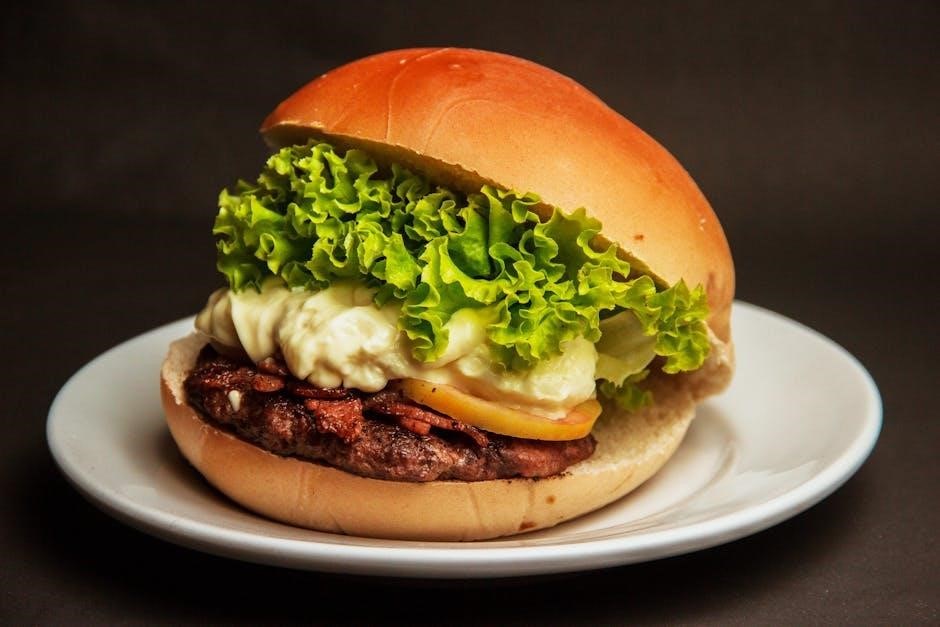
Basic Materials and Tools Needed
Start with knitting needles (size US 5) and a skein of worsted-weight yarn. Choose soft‚ smooth yarn for best results. Ensure needles match the yarn weight for proper tension.
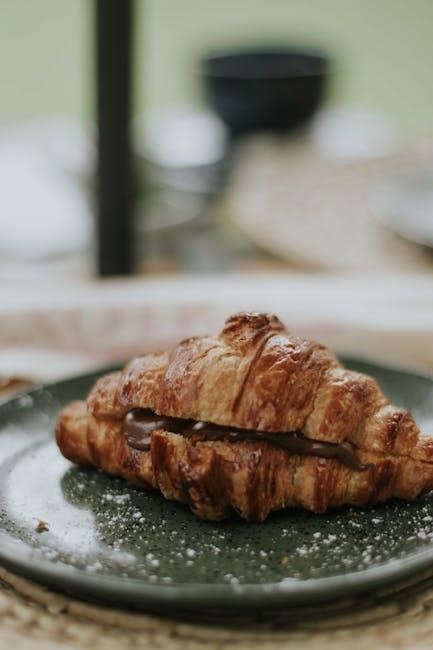
Choosing the Right Yarn
Selecting the right yarn is crucial for brioche stitch success. Opt for a smooth‚ worsted-weight yarn like wool or blends for clear stitch definition. Avoid overly fuzzy fibers to maintain texture visibility. For beginners‚ choose a solid-colored yarn to easily track stitches. Consider soft‚ fine yarns like Brooklyn Tweed or Red Heart for a plush finish. Ensure the yarn weight matches your needle size to achieve proper tension and fabric drape. The right yarn enhances the stitch’s dimensional beauty and ensures a professional finish.
Knitting Needles for Brioche Stitch
Choosing the right needles is essential for brioche knitting. Use smooth‚ straight or circular needles in a size that matches your yarn weight. Aluminum or wood needles are ideal for smooth stitch manipulation. A size US 5-8 is commonly recommended for worsted-weight yarns. Ensure needles are long enough to accommodate your project‚ especially for circular knitting. Proper needle size ensures even tension and stitch definition‚ crucial for the brioche stitch’s textured fabric. Experiment with needle types and sizes to find what works best for your yarn and project type.
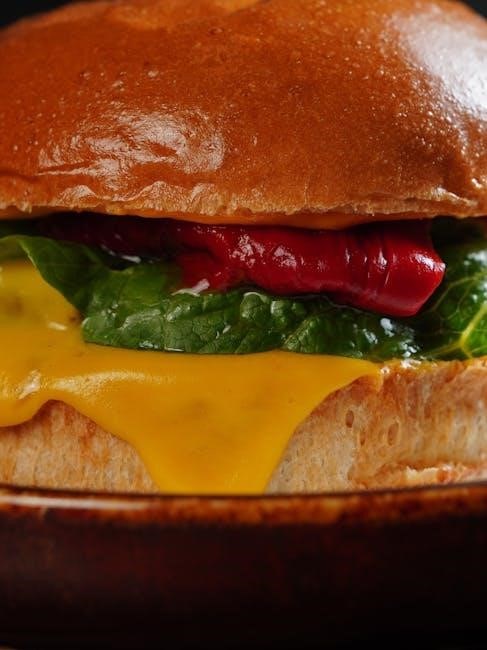
Step-by-Step Guide to One-Color Brioche Stitch
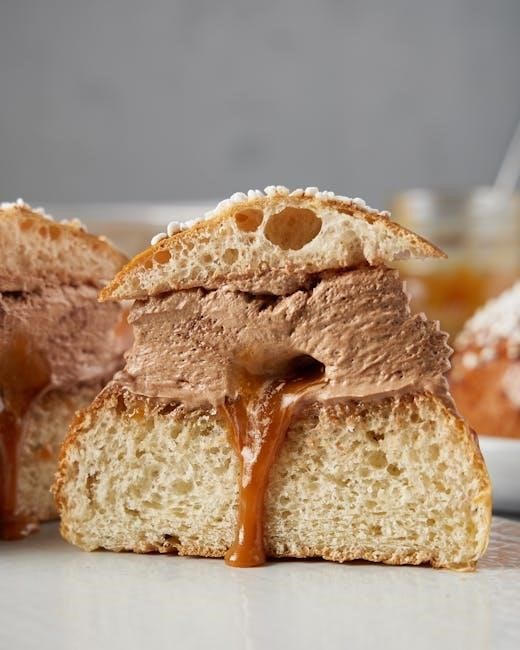
The one-color brioche stitch involves slipping stitches and creating yarn overs‚ resulting in an elastic‚ textured fabric perfect for scarves and sweaters.
Setting Up Your Stitch
Begin by casting on an even number of stitches‚ as the brioche stitch relies on pairs of knit and slipped stitches. Start with a simple knit stitch row to create a foundation. For the first brioche row‚ knit the first stitch‚ then slip the next stitch while adding a yarn over. Repeat this pattern‚ ensuring each pair of stitches is worked correctly. Maintain consistent tension and count your stitches carefully to avoid mistakes. This setup creates the foundation for the textured fabric of the brioche stitch.
Working the Brioche Stitch Pattern
To work the brioche stitch‚ begin by knitting the first stitch. Next‚ slip the second stitch while adding a yarn over‚ creating a subtle texture. Repeat this pattern‚ alternating between knit and slipped stitches across the row. On the following row‚ knit the double stitches together and slip the single ones‚ maintaining the sequence. This rhythmic process builds the stitch’s signature raised‚ elastic fabric. Keep tension even and count stitches regularly to ensure accuracy and a smooth‚ professional finish.

Advanced Techniques: Two-Color Brioche Stitch
The two-color brioche stitch adds depth and visual interest by alternating two yarns. This technique creates a fabric with ridges and valleys‚ perfect for intricate designs and multi-color projects.
The two-color brioche stitch is an advanced variation that adds dimension and contrast to your knitting. Unlike single-color brioche‚ this technique involves alternating between two yarns to create a fabric with distinctive ridges and valleys. It offers a multicolor effect that enhances the texture and visual appeal of the stitch. While it requires careful yarn management‚ the result is a stunning‚ reversible fabric perfect for intricate patterns and designs. This method is ideal for knitters looking to expand their skills and explore creative possibilities in brioche knitting.
Managing Yarn Overs in Two Colors
In two-color brioche knitting‚ yarn overs are essential for creating the stitch’s signature texture. When working with two colors‚ it’s crucial to alternate yarns correctly to avoid tangling or uneven fabric. Always ensure the yarn overs are worked in the non-dominant color to maintain visual consistency. Keep tension even to prevent puckering or looseness. Using stitch markers can help track yarn overs‚ especially when switching colors. Properly managing yarn overs ensures the fabric remains balanced and the pattern visually appealing in both colors.
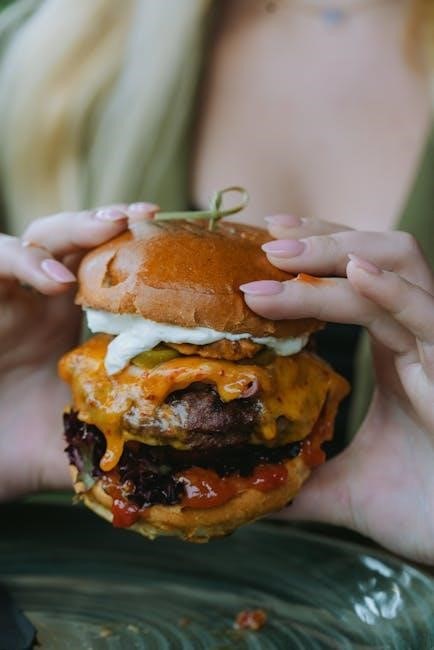
Working Brioche Stitch in the Round
Brioche stitch in the round creates a seamless‚ reversible fabric perfect for hats‚ sleeves‚ or cowls. Use circular needles to maintain the stitch pattern without turning work. Keep tension consistent to ensure even stitching and a professional finish.
Differences Between Flat and Round Brioche
Flat brioche knitting involves working back and forth in rows‚ creating a fabric with a clear right and wrong side. It requires slipping stitches and working yarn overs in one direction‚ then knitting them together in the next row. This method is ideal for flat projects like scarves or blankets.
In contrast‚ brioche in the round is worked continuously without turning‚ using circular or double-pointed needles; It creates a seamless‚ reversible fabric with no beginning or end. Tension must be carefully controlled to maintain even stitching and prevent puckering. The round method is perfect for garments like hats or sleeves‚ where a smooth‚ uninterrupted texture is desired.
Tips for Knitting Brioche in the Round
Knitting brioche in the round requires careful tension control to avoid puckering. Use circular needles or double-pointed needles to accommodate the seamless construction. Always maintain consistent tension when slipping stitches and working yarn overs to ensure an even fabric. Keep track of your pattern without turning‚ as this can disrupt the stitch flow. Swatch beforehand to ensure proper fit and drape. Joining stitches without twisting is crucial for a professional finish. Practice maintaining a steady rhythm to master this technique seamlessly.
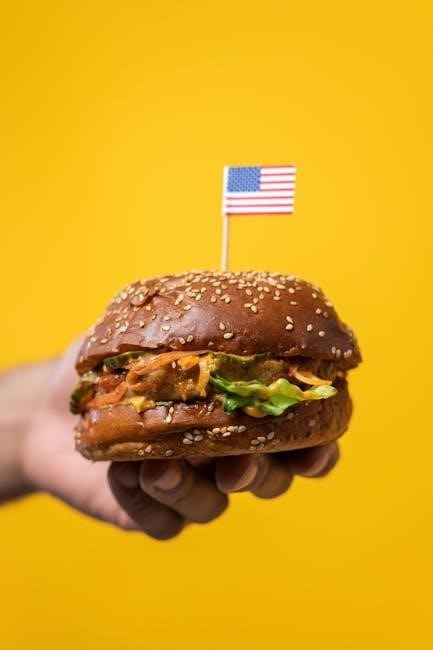
Troubleshooting Common Mistakes
Identify dropped stitches or mismanaged yarn overs early to prevent pattern distortion. Count stitches regularly and adjust tension to maintain even fabric. Fix errors promptly for best results.
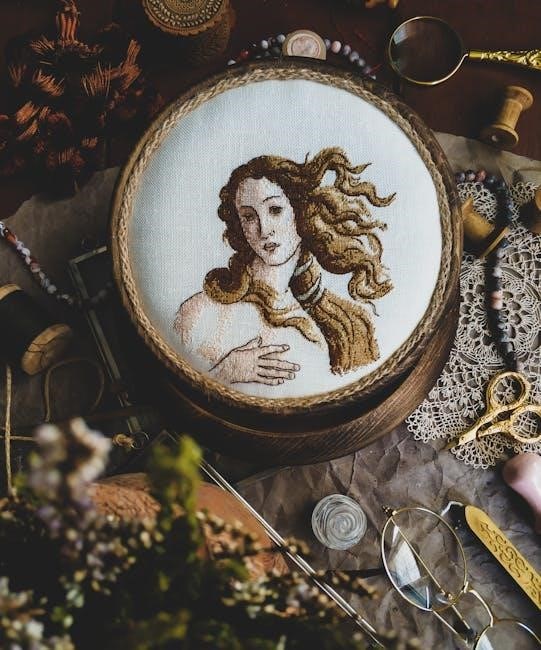
Identifying and Fixing Errors
When working the brioche stitch‚ common mistakes include dropped stitches‚ mismanaged yarn overs‚ and uneven tension. To fix‚ count stitches regularly and address issues promptly. If a stitch is dropped‚ work backwards carefully. For incorrect yarn overs‚ rip back to the error and reknit. Tension inconsistencies can be adjusted by loosening or tightening stitches as needed. Always maintain a consistent rhythm to ensure the fabric remains even and textured. Early detection prevents major corrections later‚ ensuring a flawless brioche finish.
Maintaining Tension and Consistency
Maintaining Tension and Consistency
Maintaining even tension is crucial for a polished brioche stitch fabric. Start by swatching to ensure your gauge is accurate‚ as uneven tension can distort the stitch pattern. Use the correct needle size and yarn weight for your project. Knit with a relaxed‚ steady rhythm to avoid tight or loose stitches. Regularly count your stitches to catch errors early. Consistency in tension ensures the fabric drapes beautifully and retains its elasticity. Smooth‚ even knitting creates a professional finish‚ making your brioche project truly stand out.
Mastering the brioche stitch opens creative possibilities. Explore new patterns and colors‚ starting with simple projects like scarves. Each piece enhances your skills‚ yielding professional results and a sense of achievement.
Practicing and Refining Your Skills
Consistent practice is key to mastering the brioche stitch. Start with simple projects like scarves or swatches to build confidence. Use worsted-weight yarn and appropriate needles for clear stitch definition. Pay attention to maintaining even tension‚ as uneven knitting can distort the fabric. Regular swatching helps refine your technique and ensures accurate gauge. Over time‚ experiment with more complex patterns and colors to expand your skills. With patience and dedication‚ you’ll achieve professional-looking results and unlock the full potential of brioche knitting.
Exploring Brioche Stitch Patterns and Projects
The brioche stitch opens up a world of creative possibilities for knitters. From cozy scarves and sweaters to elegant hats and home decor‚ this stitch can elevate any project. Explore patterns that showcase its textured‚ reversible fabric‚ ideal for both casual and sophisticated designs. Beginners can start with simple one-color projects‚ while advanced knitters can experiment with two-color variations for striking visual effects. Whether you’re crafting for personal use or as a gift‚ the brioche stitch offers endless inspiration to create unique and eye-catching pieces.